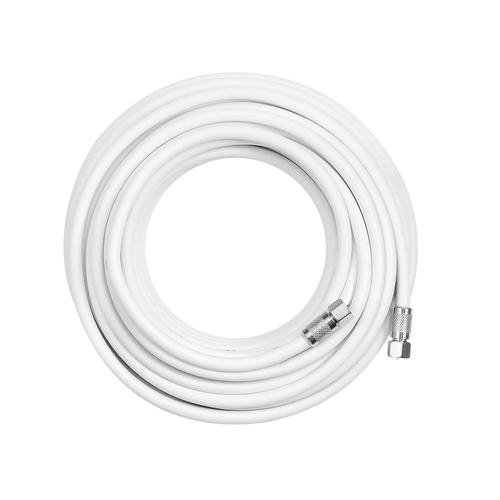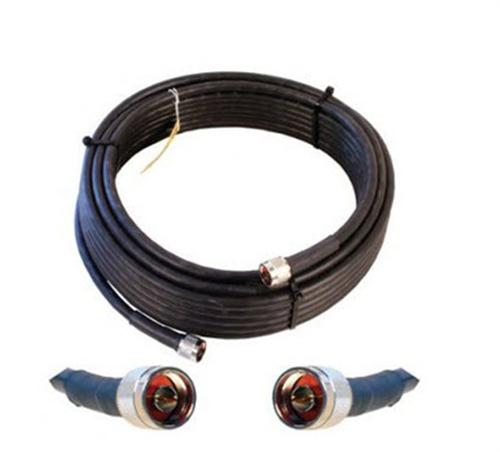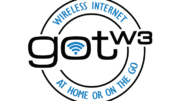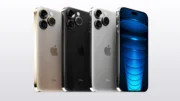I spend a lot of time talking to people about Solid Signal’s made-to-order cable. It’s some of the best cable you can buy and I recommend it for almost any use. It’s generally better in quality than the cable that you get with a cell booster. Is it worth it?
The cable that comes with most cell boosters

Most cell boosters will come with 50 feet of RG6 cable. This cable has a copper-coated steel center conductor and is dual shielded with either a crimped, molded or screw-on connector. In comparison, Solid Signal’s RG6 cable has a center conductor of solid copper and is either dual or quad-shielded with a compression connector. If you were to look at the two side by side, the Solid Signal cable would look thicker, indicating more material. But does that make a difference?
Why satellite TV cable is really durable
AT&T-approved satellite television cable is built to the highest possible standards. It is designed to carry very weak digital signals all the way up to the 3000MHz frequency range. It’s also designed to carry enough current to power the satellite dish. These design specifications mean that it has to be the absolute top quality. Using compression connectors means that the signals have the absolute clearest path through the connector and that makes a difference too.
Why cellular signal booster cable is “all right.”
Even though cellular signals are really about the same frequency range as satellite TV signals over a wire, they are often stronger and less complex. There’s no need to power an outside antenna and the signals aren’t really harmed by passing through any sort of connection. There’s less signal in general going over the line. Even though the frequency range is about the same, there are large gaps where there are no terrestrial signals on those frequencies.
Real world testing
I tested SureCall’s 50-foot cable against my reference cable which is 50 feet of Solid Signal’s best. Why SureCall cable? I happened to have it in the shop. I’m sure weBoost cable is quite similar so I don’t think it matters.
When connected to a satellite feed, the signal was 4dB better with Solid Signal cable.
When connected to a cellular signal booster, the signal was 1.5dB better with Solid Signal cable.
This is about what I expected. It doesn’t make a lot of difference which you use for a cellular signal booster. The 1.5dB number is probably within the margin of error so it’s possible the cables performed identically. If you want the absolute best, the Solid Signal cable will get you there, but you shouldn’t worry about using the cable supplied by the manufacturer.
Commercial-grade cell boosters

Commercial-grade boosters use a different kind of cable. While TV and residential boosters use RG6 cable with an impedance of 75 Ohms, Commercial grade cell boosters use LMR400 cables with N connectors and an impedance of 50 Ohms. Using 50 Ohm cable is standard in higher end setups. Traditionally you see less loss from 50 Ohm cables and the N connector creates better shielding than the F connector used in RG6 cables.
Unless there is a serious reason to think otherwise, you should always use LMR400 cable for commercial cellular signal boosters. There are other forms of 50-Ohm cable. LMR400 cable minimizes signal loss in the signal ranges used by cell boosters.
Find the right cable at Solid Signal
You can find all the cable you’ll ever need by shopping the great selection at Solid Signal. You can find a lot of cables that are already premade to the specifications you’ll need, but our staff can also get custom cables for you. Give us a call at 888-233-7563 for more details.





